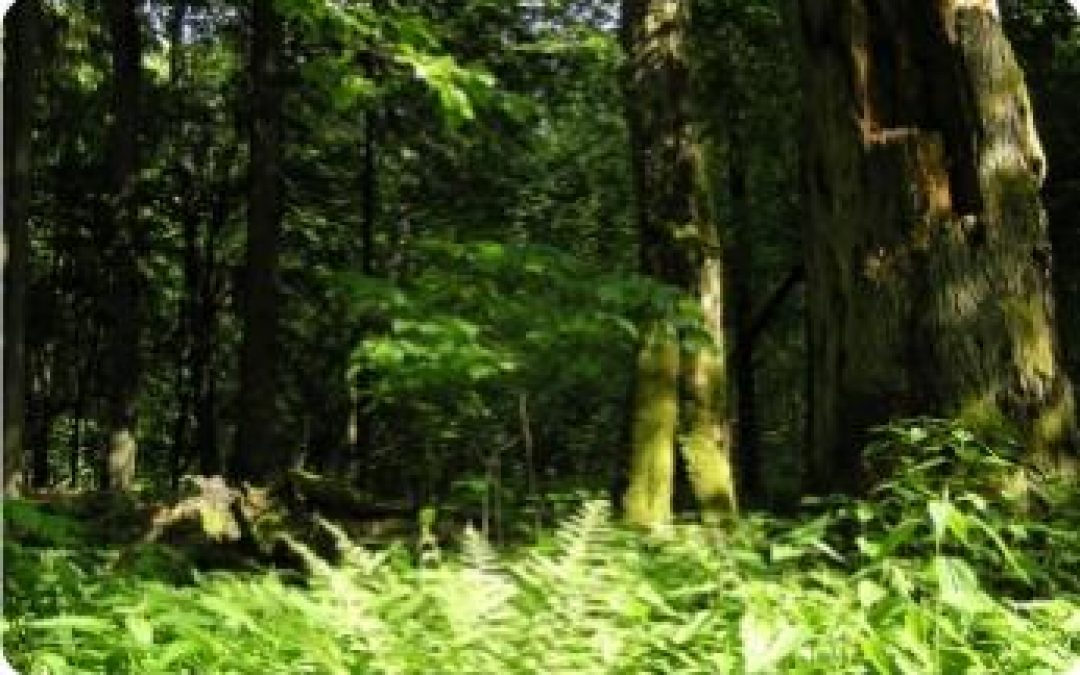Red deer avoid the smell of their predator
The fear of red deer for wolves is that large, that they avoid places with a fresh scat of their main predator. The reduction of foraging by red deer at these places can influence the regeneration of trees. That is what Polish and Dutch scientists conclude in their study published in PLOS One from 3 January 2014. By means of cameratraps the scientists studied how red deer and wild boar reacted to one fresh wolf scat that was deposited on experimental plots distributed in Białowieża Primeval Forest. Red deer recognise the smell of wolves and strongly reduce foraging while increasing their alertness. Wild boar, who are not an important prey for wolves, did not show these behavioral changes.
These results fit nicely to our recent study published in Ecography (December 2013). Measurements of browsing intensity of trees, showed that red deer forage less inside the core area of a wolf territory with a high concentration of wolf scat (and other scent marks). Inside the core area, red deer especially avoid risky places; close to fallen trees that block their view or escape possibilities. The presence of wolves (and not so much their killing) in this way leads to the promotion of tree regeneration.
References:
D.P.J. Kuijper , M. Verwijmeren, M. Churski, A. Zbyryt, K. Schmidt, B. Jędrzejewska, C. Smit. 2014. What cues do ungulates use to assess predation risk in dense temperate forests?
PLoS ONE 9(1): e84607. doi:10.1371/journal.pone.0084607
http://www.plosone.org/article/info%3Adoi%2F10.1371%2Fjournal.pone.0084607
Kuijper, D.P.J., de Kleine, C., Churski, M., van Hooft, P., Bubnicki, J., Jędrzejewska, B. 2013. Landscape of fear in Europe: wolves affect spatial patterns of ungulate browsing in Białowieża Primeval Forest, Poland. Ecography 36: 1263-1275, doi: 10.1111/j.1600-0587.2013.00266.x
http://onlinelibrary.wiley.com/doi/10.1111/j.1600-0587.2013.00266.x/abstract
